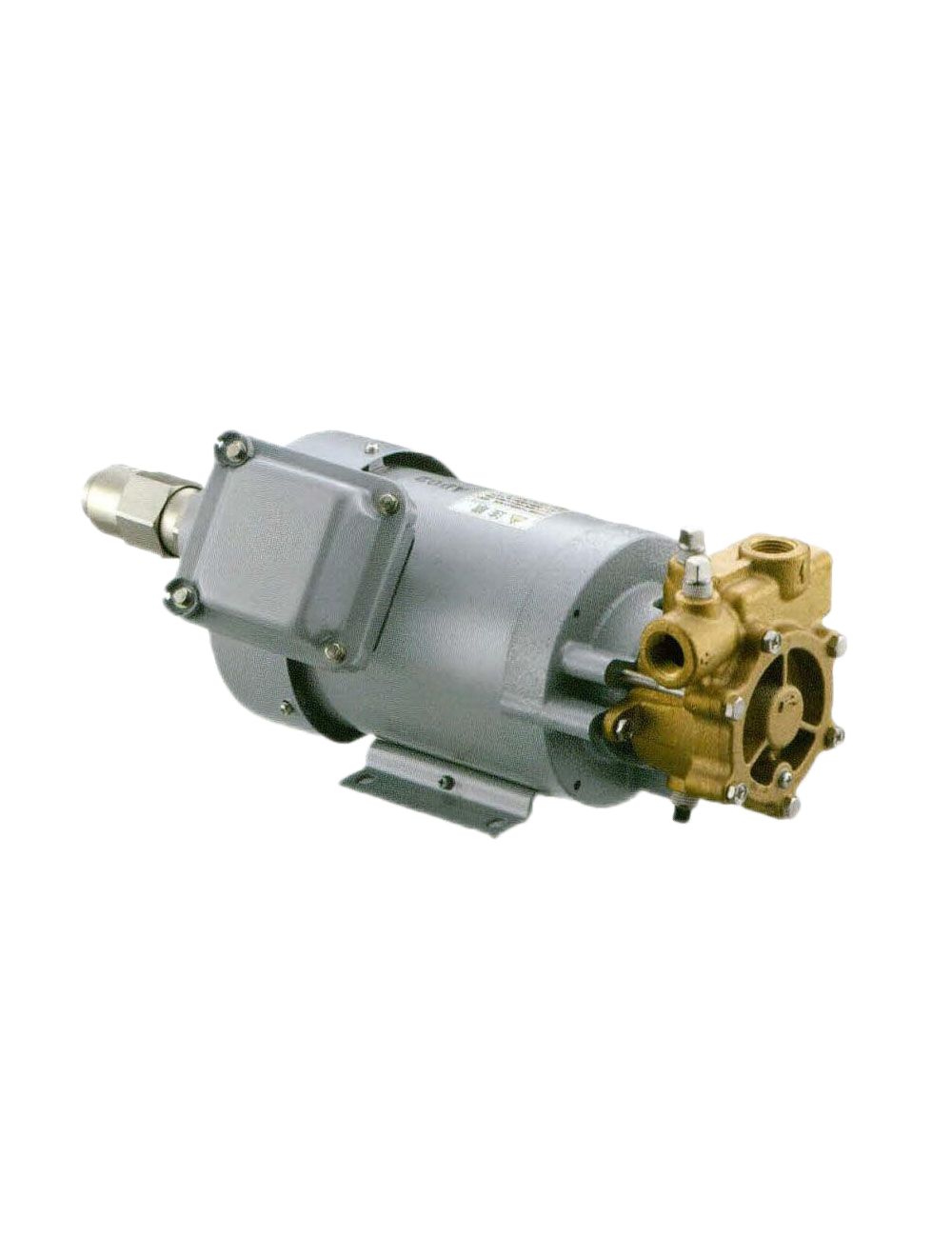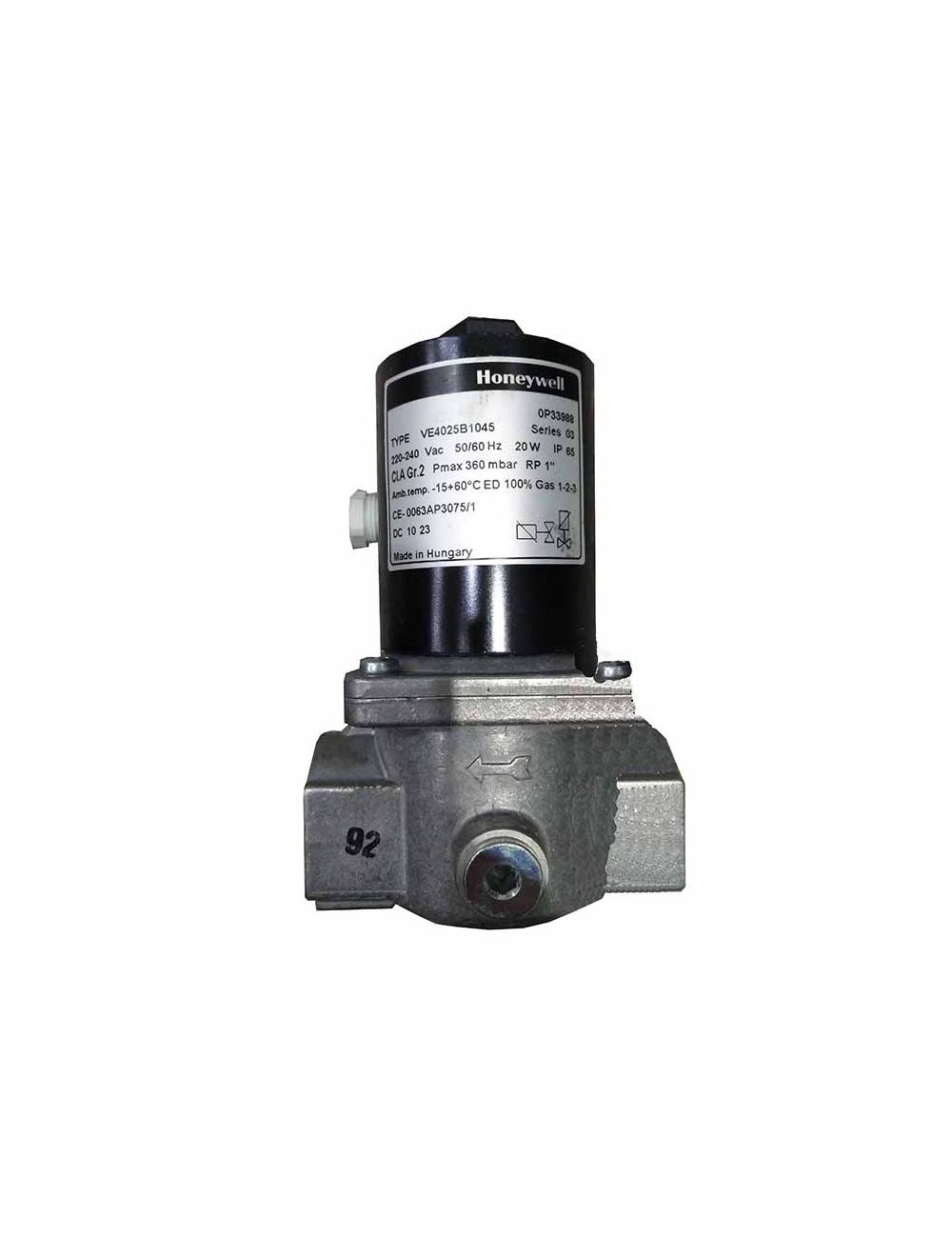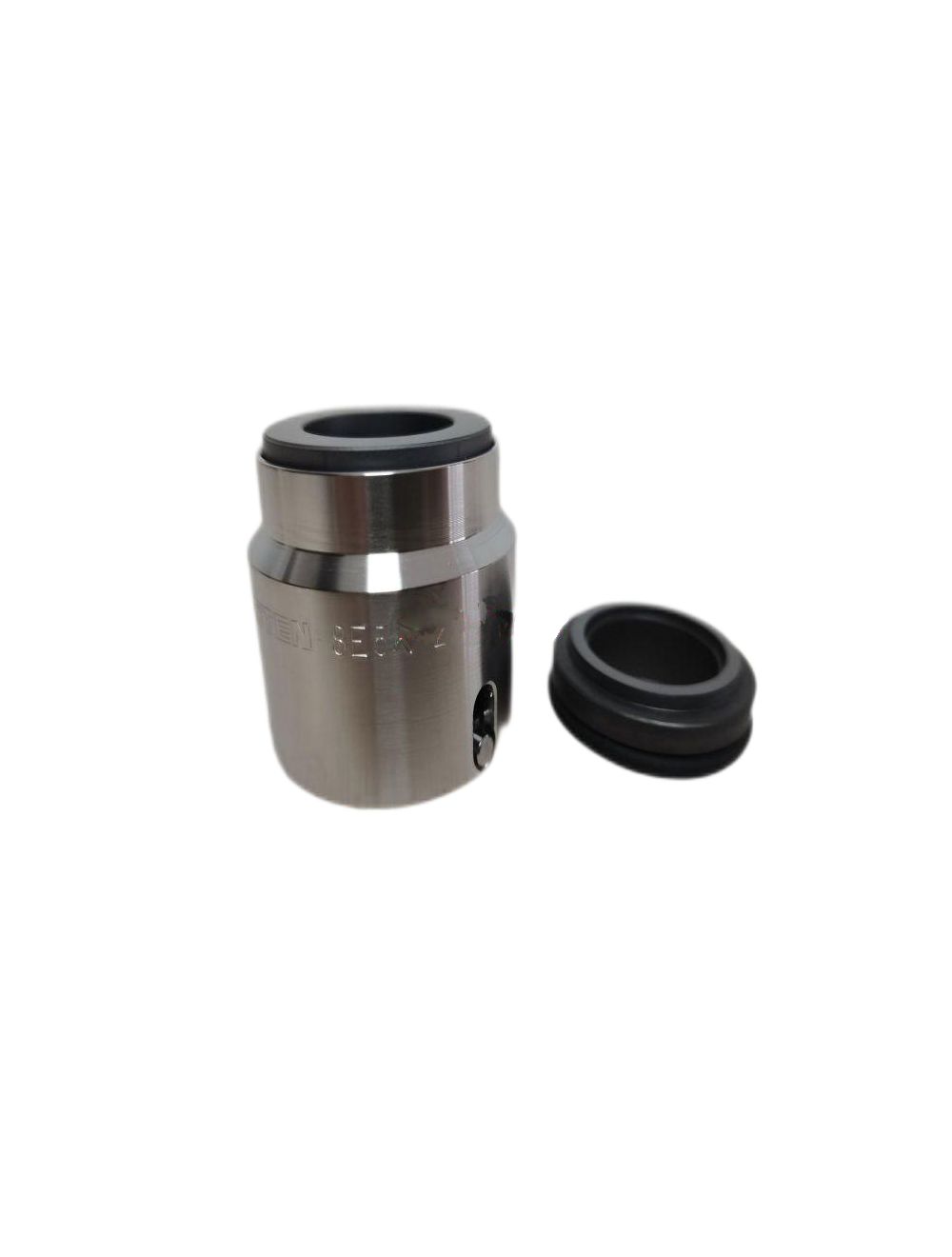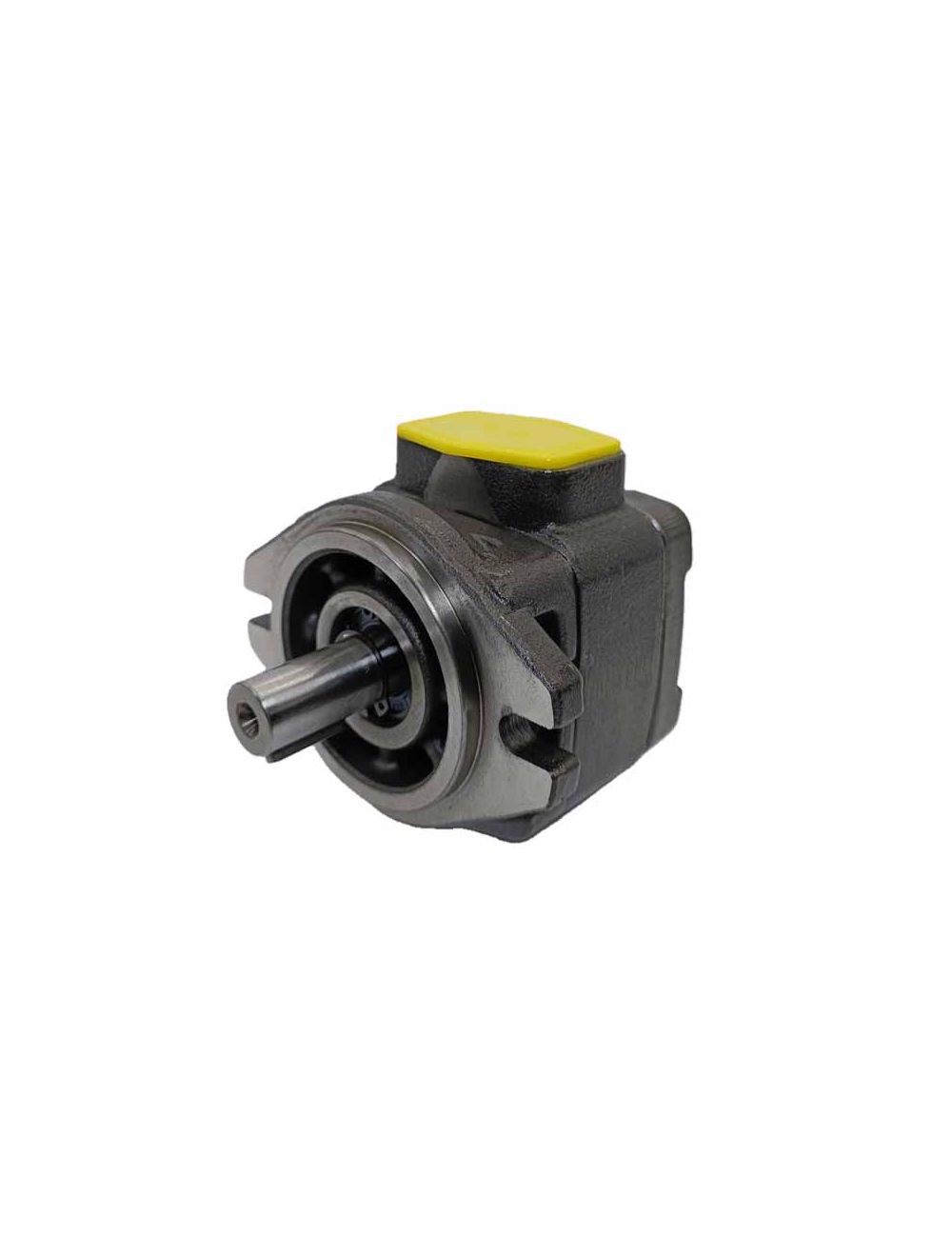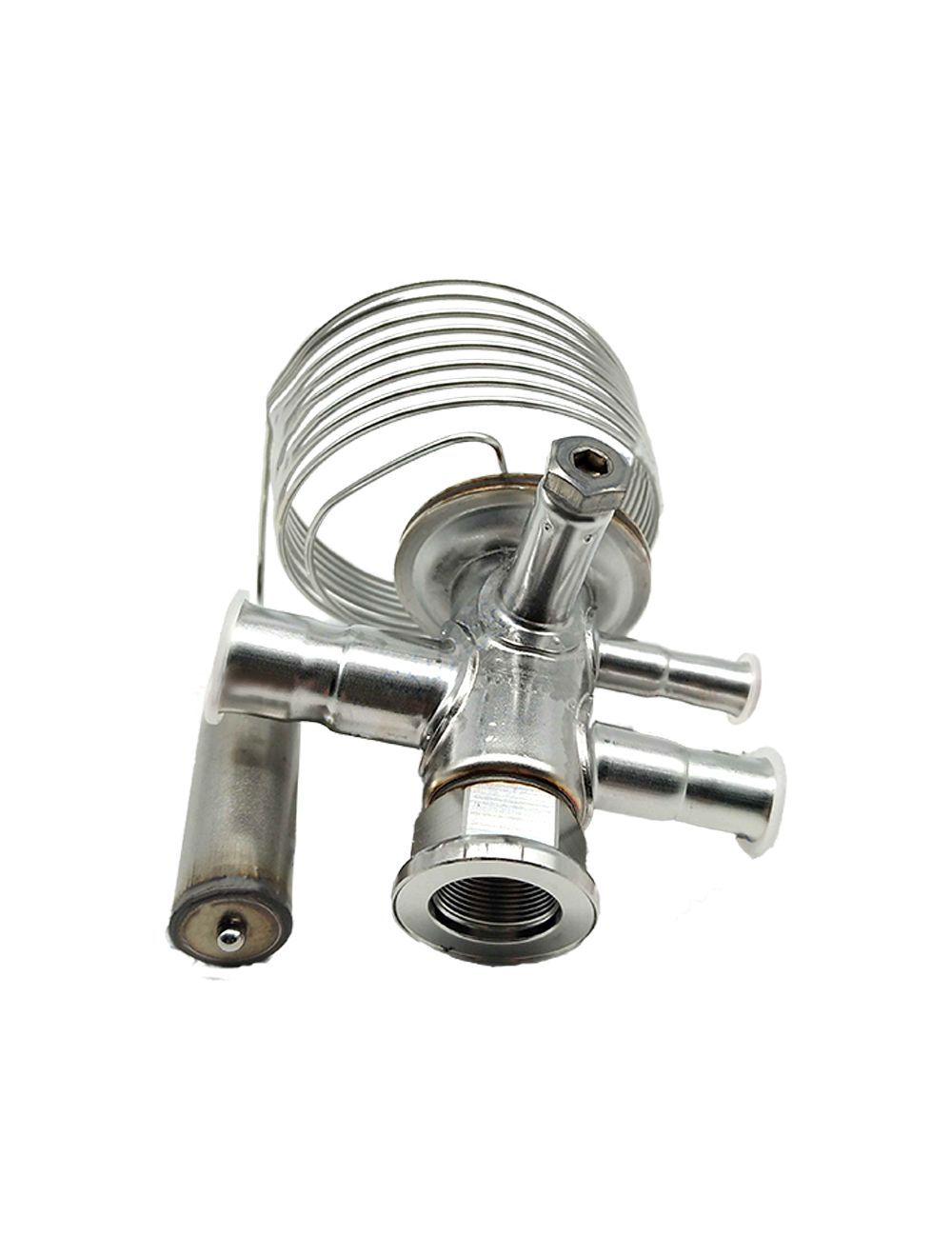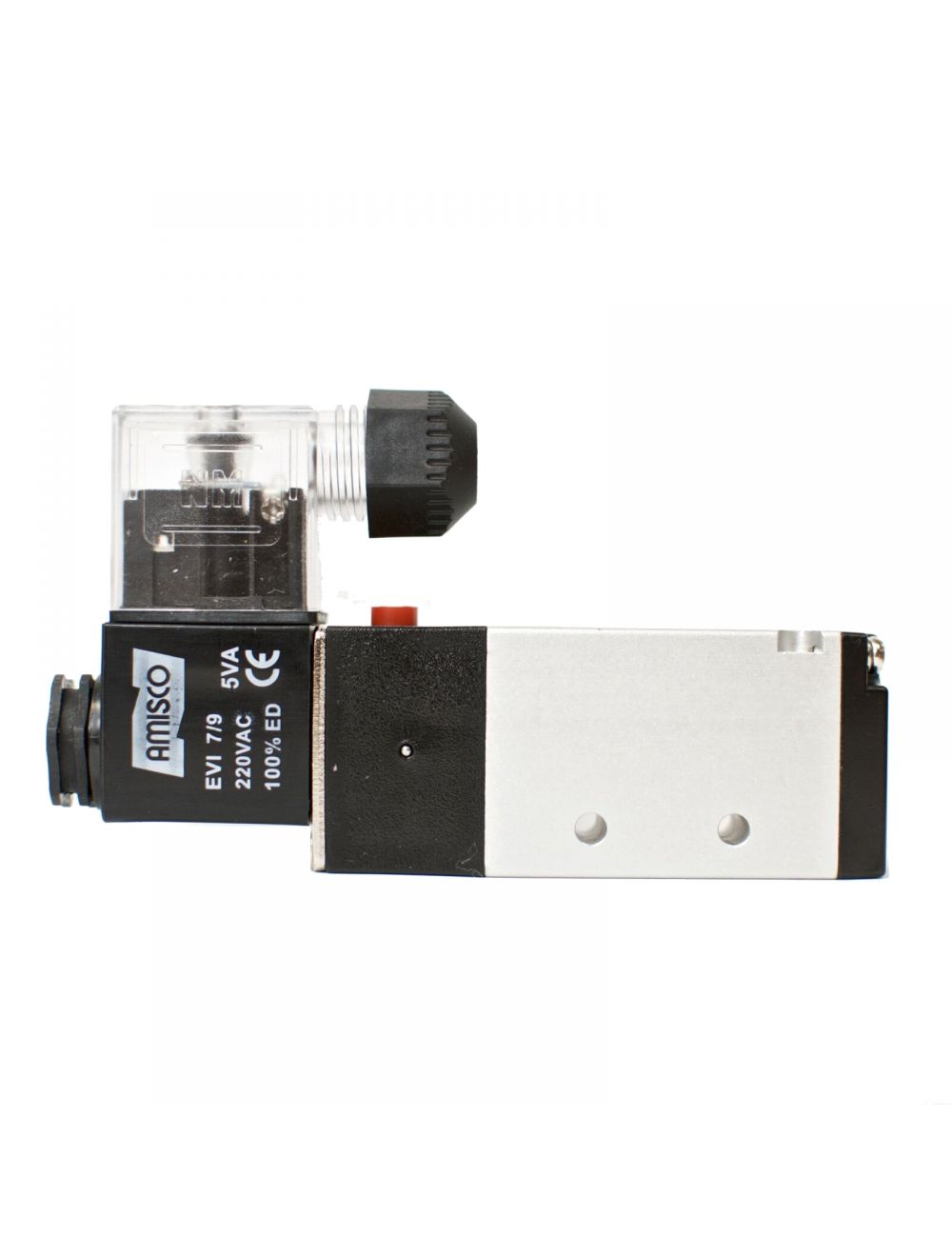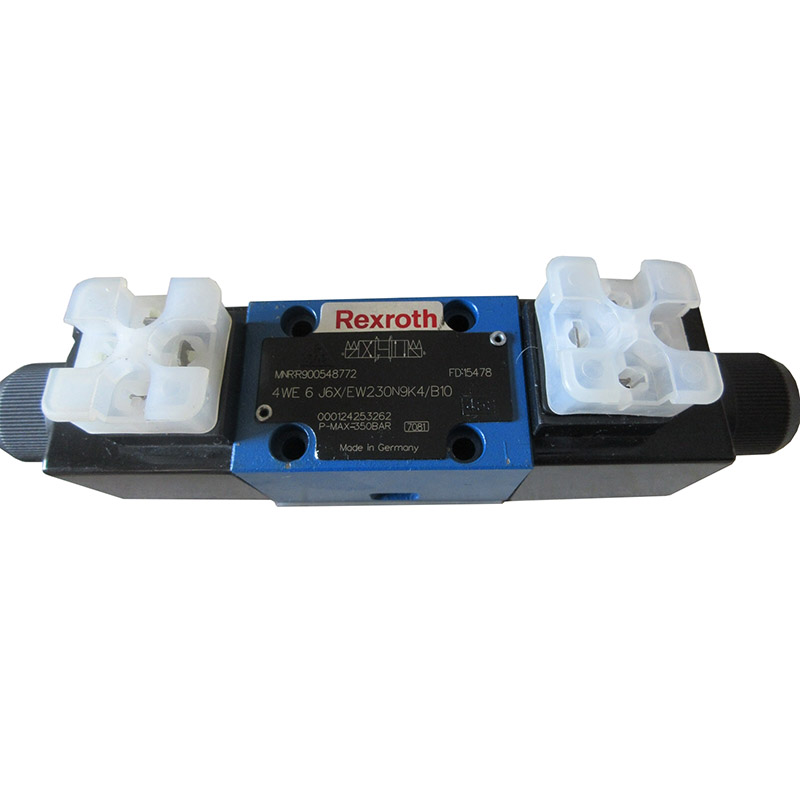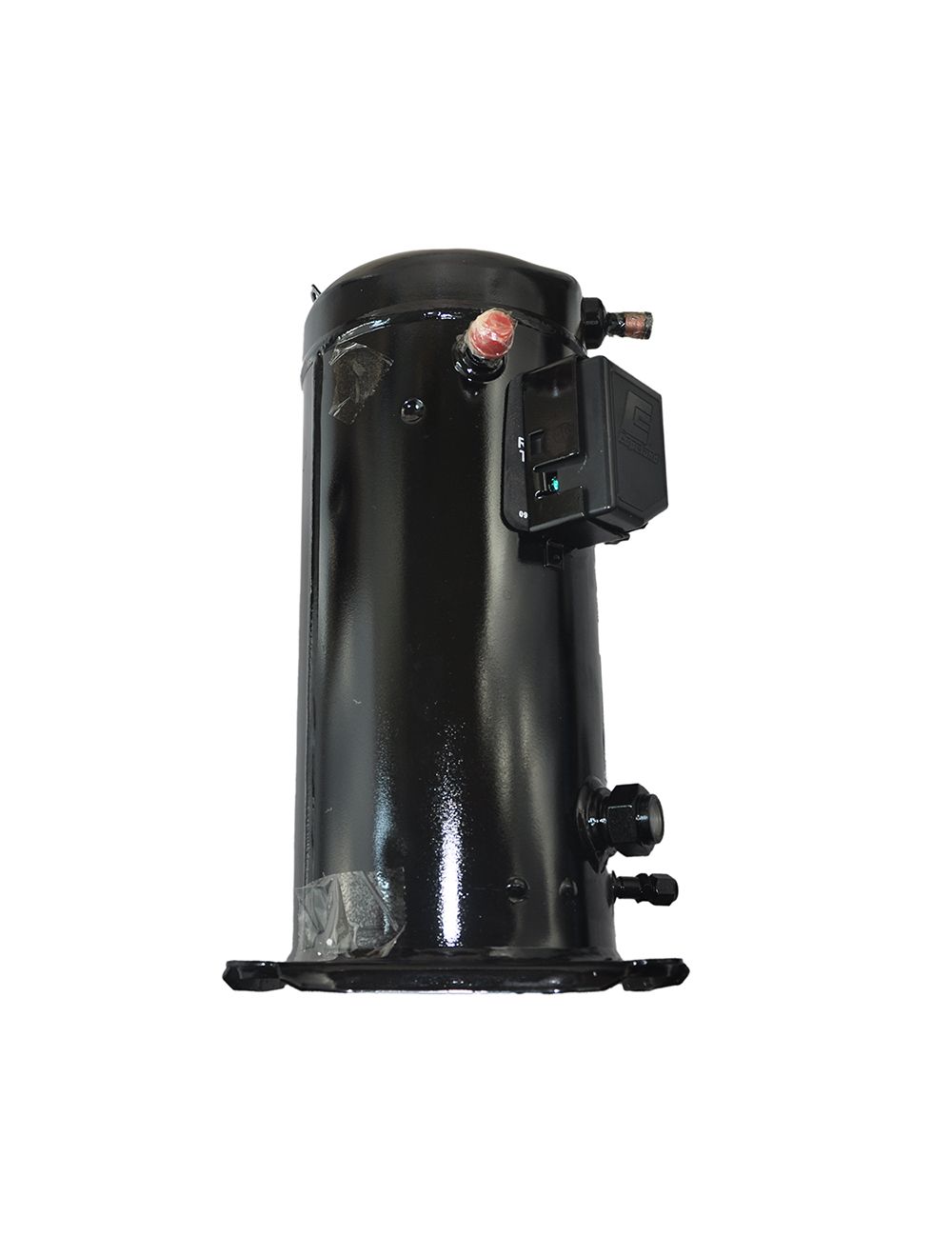
Figure 1: Servo motor diagram.
1. Components of Servo Motor
1. Motor—a component that converts electrical energy into rotational mechanical energy.
2. Stator—the part that cannot move when a brushed or brushless motor is working.
3. Rotor—the part that rotates when a brushed or brushless motor works.
The rotor inside a servo motor is usually a permanent magnet. The UVW three-phase electricity controlled by the servo drive forms an electromagnetic field, and the rotor rotates under the action of this magnetic field. At the same time, the encoder that comes with the motor feeds back the signal to the servo driver. The driver compares the feedback value with the target value, and adjusts the angle of rotation of the rotor. The accuracy of the servo motor depends on the accuracy of the encoder.
There are two installation methods for the permanent magnets of the servo motor rotor:
1) Surface mount type. The permanent magnet is attached to the surface of the rotor and has the advantages of simple structure, low manufacturing cost and small moment of inertia.
2) Embedded type, it is necessary to punch holes on the rotor and fill in the permanent magnet material. If the speed is fast enough, such as 1wr/min or even 3wr/min, it is better to use the embedded type.
4. Carbon brush—The carbon brush is in contact with the surface of the commutator in the brushed motor. When the motor rotates, the electric energy is delivered to the coil through the contact of the brushes and the commutator.
5. Commutator—In the brushed motor, the commutator is composed of metal sheets with mutual insulation. When the rotor of the motor rotates, the metal sheets alternately contact the positive and negative electrodes of the brushes to realize the alternating positive and negative changes of the current direction of the motor coil, so as to complete the phase changes of the brush motor coil.
6. Phase sequence—the order in which the motor coils are arranged.
7. Magnetic steel—generally used to call magnetic materials with high magnetic field strength.

Figure 2: Servo motor diagram.
1. Motor shaft 2. Front cover 3. Three-phase winding coil 4. Pressure plate 5. Stator 6. Magnetic steel 7. Rear pressure plate 8. Power line plug 9. Rear end cover 10. Feedback plug 11. Pulse encoder 12. Motor back cover
How to realize the commutation of the DC motor? When the brushless or brushed motor is rotating, the energization direction of the coil in the motor needs to be alternately changed, so that the motor can rotate continuously.
1) Brushed motor commutation is completed by the commutator and the brushes together. When the brushed motor works, the coil and the commutator rotate, the magnet and the brush do not rotate, and the direction of the coil current changes alternately.
2) Brushless motor commutation is done by a controller. The controller provides DC power with different current directions to the brushless motor to achieve the alternating changes of the coil current direction in the motor.
2. Classification of Servo Motor
Servo motors are now mainly divided into DC servo motors and AC servo motors. At present, the AC system is gradually replacing the DC system. Compared with the DC system, the AC servo motor has the advantages of high reliability, good heat dissipation, small moment of inertia, and can work under high voltage.
2.1 DC servo motor
DC servo motor is divided into brushed and brushless motors.
Figure 3: Structure of brushed and brushless servo motor.
Brushed motors feature low cost, simple structure, large starting torque, wide speed regulation range, easy control, but it requires maintenance, and its maintenance is inconvenient (carbon brush replacement). It generates electromagnetic interference, and has requirements on the application environment. Therefore, it can be used in cost-sensitive general industrial and civil applications.
The brushless motor is small in size, light in weight, large in output, fast in response, high in speed, small in inertia, smooth in rotation and stable in torque. Its control is complex, and it is easy to realize intelligentization. Its electronic commutation mode is flexible, and it can be square wave commutation or sine wave commutation. The motor is maintenance-free, has high efficiency, low operating temperature, small electromagnetic radiation, and long life, and can be used in various environments.
2.2 AC servo motors
AC servo motors are divided into synchronous and asynchronous motors. AC servo motors are also brushless motors because there are no brushes and commutators, and the motors used in them are squirrel asynchronous motors and permanent magnet synchronous motors of brushless structure.

Figure 4: Structure of AC asynchronous servo motor.
At present, synchronous servo motors are generally used in motion control, which have a large power range and can achieve great power. They have high inertia, and low maximum rotational speed which reduces rapidly as the power increases, making themselves suitable for low speed smooth running applications.
|
Type |
Structure |
Advantages |
Disadvantages |
Use |
|
DC brushed servo motor |
Yoke, permanent magnet (stator side), brush, detector, commutator, armature coil (rotor side) |
Low cost, simple structure, large starting torque, wide speed regulation range and easy control |
Requiring maintenance (carbon brush replacement), generating electromagnetic interference, large rectangular wave control pulsation |
Not applicable to occasions with cleaning requirements and high speed and high torque |
|
DC brushless servo motor |
Primary side coil (stator side), detector, permanent magnet (rotor side) |
Small and light, high output, fast response, high speed, small inertia, smooth rotation, stable torque, maintenance-free, long life, high efficiency, low operating temperature, low electromagnetic radiation |
More expensive than the brushed DC, large rectangular wave control pulsation |
Applicable to various occasions |
|
AC synchronous servo motor |
Its structure is the same as that of a DC brushless servo motor. |
Maintenance-free, strong environmental adaptability, large power range, can output large torque, sine wave control, can generate dynamic braking when meeting the power failure |
The maximum rotational speed is low and decreases rapidly with increasing power. |
Most widely used |
|
AC asynchronous servo motor |
Primary side coil (stator side), detector, secondary conductor (aluminum or steel), shorting ring |
Maintenance-free, strong environmental adaptability, can output high speed and large torque, sine wave control |
As the power increases, it decreases rapidly, and cannot generate dynamic braking when meeting the power failure |
Not widely used |
Table 1: Types of servo motor.
3. Advantages of Servo Motor
Let's take a look at the advantages of servo motors compared to other motors (such as stepper motors):
1. Accuracy: It realizes the closed-loop control of position, speed and torque, and overcomes the losing step problem of stepper motor.
2. Speed: with good high-speed performance, generally its rated speed can reach 2000 ~ 3000 rpm.
3. Adaptability: It has strong anti-overload capability and can withstand a load three times the rated torque. It is especially suitable for occasions with instantaneous load fluctuation and fast start-up requirements.
4. Stability: It has stable operation at low speed, and no stepping operation phenomenon similar to stepper motor occurs during low speed operation, suitable for occasions with high speed response requirements.
5. Timeliness: The dynamic response time of motor acceleration and deceleration is short, generally within tens of milliseconds.
6. Comfort: Heat and noise are significantly reduced.
The ordinary motor, such as the DC motor, will rotate for a while due to its own inertia after the power is turned off, and then stop. The servo motor and the stepper motor can stop immediately when the power is turned off, they can go when the power is turned on, and they have extremely fast response. But the stepper motor has the phenomenon of losing step.
4. Application of Servo Motor

Figure 5: Application of servo motors.
Servo motors are used in many applications. As long as there is a power source, and equipment with relatively high requirements on process accuracy, processing efficiency and work reliability, generally servo motors are needed.
Since the servo motor is an industrial automation actuator with high control precision and fast response, it can be applied in many fields, such as
Mechanical processing industry, including: CNC punching machine, bending machine, shearing machine, etc.
Printing and processing industry, including: offset presses, laser imagesetter systems, inkjet printers, folding machines and so on.
Medical testing equipment, including: monitors, ultrasound machines, CT control boxes, X-ray machines, slicers, hemodialysis machines, temperature controllers, etc.
Food processing industry, including: sterilizers, labeling machines, canning machines, flow controllers, sealing machines, packaging machines, coffee machines, etc.
After reading this article, have you learned more about servo motors? If you want to know more about motor knowledge, please continue to pay attention to us!
Related Info
Three Control Methods of Servo MotorHow to Choose a Gear Pump?
What is Positive Displacement Pump?
Positive Displacement Pump vs Centrifugal Pump
Servo Motor: Basics, Work Principle & Selection

